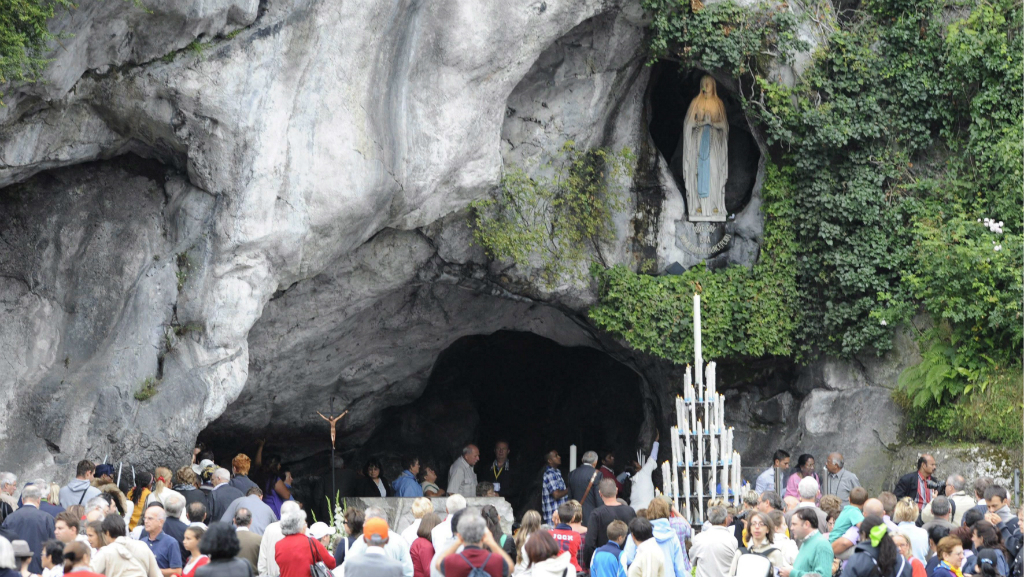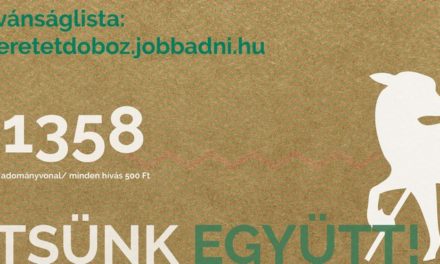165 years ago, on February 11, 1858, Our Lady appeared to poor, uneducated, fourteen-year-old Bernadette Soubirous in the Massabielle cave near Lourdes. St. II. In 1992, Pope John Paul II initiated that February 11, the day of the first apparition of Our Lady in Lourdes, be the World Day of the Sick. The purpose of the World Day is that "the entire people of God pay due attention to the sick, promote the understanding of suffering".
The significant day is an important opportunity for the exercise of grace, not only for patients, but also for healthcare workers, Christian believers and all people of good will, which II. János Pál puts it this way in the Founding Letter of the World Day of the Sick:
"This is an important moment of prayer and sharing, an opportunity to offer suffering for the Church, an invitation to everyone to recognize in the face of their sick brother the holy face of Christ, who accomplished the salvation of humanity through his suffering, death and resurrection."
The appearance of Our Lady in Lourdes was celebrated for the first time in the diocese of Tarbes, from 1890. From 1908, the 50th anniversary of the apparitions, Pope Pius X extended the celebration to the entire Church.
Bernadette, the witness of the Marian apparitions, the daughter of a poor miller's family, called the figure of the apparition who addressed her in the Massabielle cave as "Lady", and who wore a snow-white dress and a dazzling white cloak, a sky-blue belt around her waist, and golden anklets on her feet. she was decorated with roses and held a rosary in her hand. He appeared a total of eighteen times until July 16, asking for repentance and atonement. On February 25, he called on Bernadette to find a spring at a specific point in the cave, drink from it and wash in it.
On March 2, he commissioned the little girl to "tell the clergy to build a chapel and come in procession" to the place of the apparitions.
On March 4, more than ten thousand people already accompanied Bernadette to the cave, but only the little girl benefited from the visions. On March 25, the Lady revealed her name in the Lourdes dialect: "I am the Immaculate Conception."
In France, the news of the apparitions spread quickly, increasing numbers of people visited Lourdes - the town located in the Pyrenees, on the banks of the Pau stream - and the spring at the site of the apparitions, which provides 120,000 liters of water per day. Miraculous healings have been experienced at the spring since the beginning. The apparitions were investigated by ecclesiastical and secular authorities. Their supernatural nature was confirmed in 1862 by the bishop of Tarbes (Lourdes is located in the diocese of Tarbes), then in 1891 by XIII. Pope Leo officially recognized it.
In 1862, they started building a church on the rock above the spring, which was completed by 1876, and whose IX. Pope Pius granted the title and privileges of a basilica. A marble statue of the Virgin Mary was completed in the cave under the guidance of Bernadette. A bath was built next to the spring.
On this day, in the churches of the Catholic Church, priests offer the sacrament of the anointing of the sick, which is not the last anointing, but the sacrament of the will to live, healing and hope.
The priest who brings the anointing is the messenger of Jesus, the Healer of the Sick, who communicates the grace of the Holy Spirit, so that grace may free the sick person from his sins, save him and strengthen him in goodness.
The sacrament is administered in such a way that the priest extends his hands over the patient, prays for him, and then anoints his forehead and both palms with holy oil. This gesture conveys the loving presence and power of Jesus, who helps and strengthens the suffering person.
"The sanctity of the sick makes a person richer, stronger and braver, you don't have to be afraid of it, you can even take it on several times. It should be seen as a gift, an opportunity - encourages Franciscan monk Csaba Böjte to receive the anointing of the sick.
Source and full article: Felvidek.ma/Magyar Kurír
Featured image: MTI












